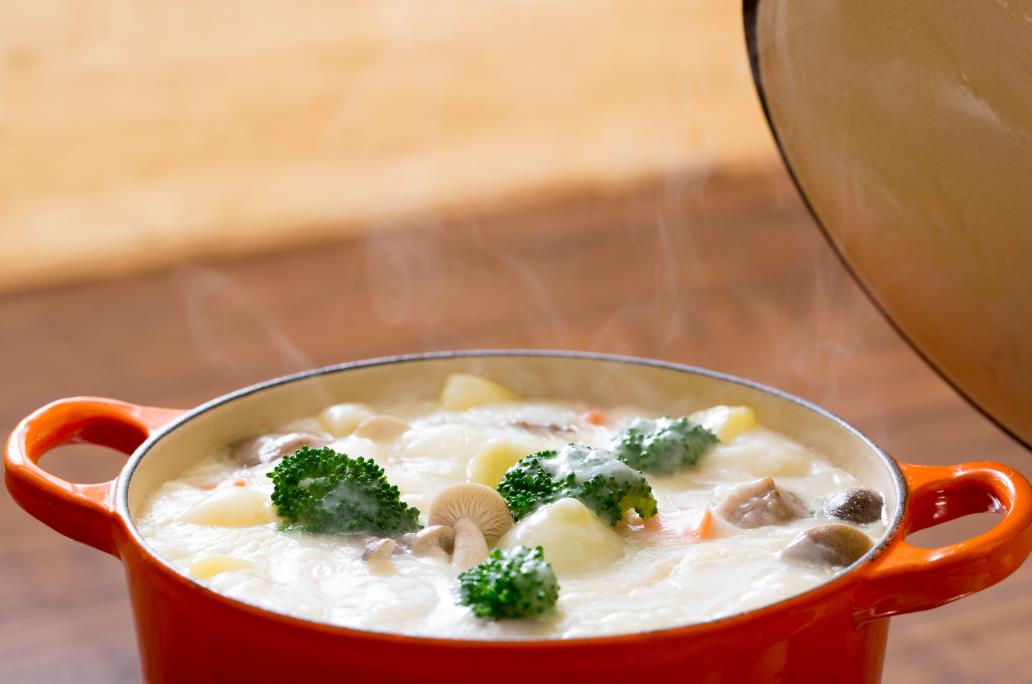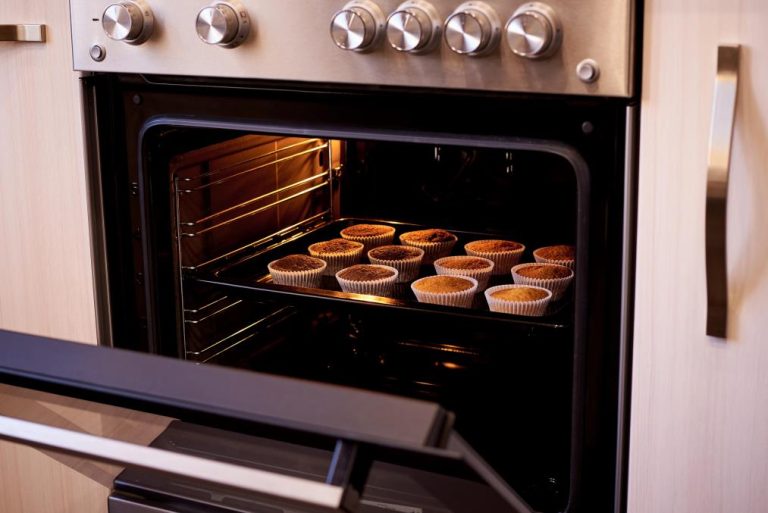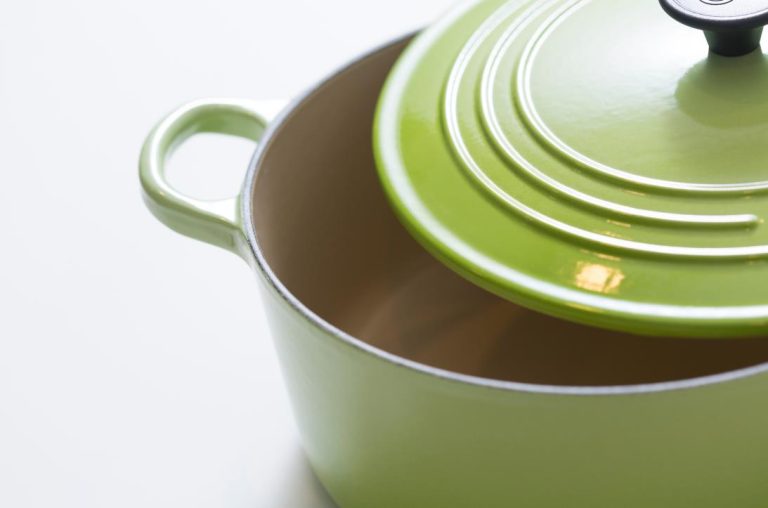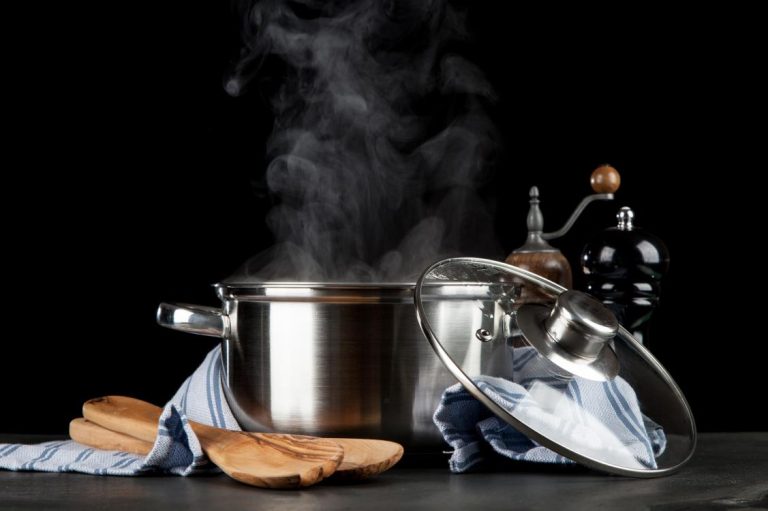Enameled cast iron cookware offers a glossy, non-stick surface that’s more user-friendly than traditional cast iron. It’s easy to clean and requires minimal maintenance, making it a popular choice for everyday cooking.
However, concerns about non-stick coatings often raise questions about safety. Rest assured, high-quality enameled cast iron is completely safe for daily use when handled properly.
In this guide, we’ll explore its safety in detail, including potential risks, maintenance tips, and how it compares to other options.

What is enameled cast iron cookware?
Enameled cast iron cookware combines the time-tested strength of cast iron with the convenience of a non-reactive enamel coating. This pairing creates a versatile tool for home and professional kitchens alike, but just as important, each component is designed to be food-safe.
Let’s take a closer look at both materials and how they contribute to safety and performance.
The core: cast iron and its safety profile
- Composition and Benefits: Made from iron alloyed with carbon and silicon, it’s durable with excellent heat retention and even distribution. Versatile for stovetops, ovens, and open flames.
- Safety Aspects: Non-toxic and FDA-approved for food contact. It may leach small amounts of beneficial iron into food. Without enamel, it can react with acids, causing metallic tastes or discoloration—but the coating prevents this. Reputable brands use impurity-free iron.
The coating: enamel and its safety profile
- How It’s Made: Powdered glass (silica-based) fused to cast iron at over 1,400°F (760°C), forming a glossy, non-porous barrier. It avoids reactions with acidic foods like tomatoes or vinegar, preventing staining or off-flavors.
- Safety Aspects: Food-safe and non-toxic from trusted makers. Complies with FDA limits on heavy metals like lead and cadmium. Safe at high heats up to 500°F (260°C). Avoid chips, as they expose the core; steer clear of cheap imports that may leach toxins.
Is enameled cast iron safe?
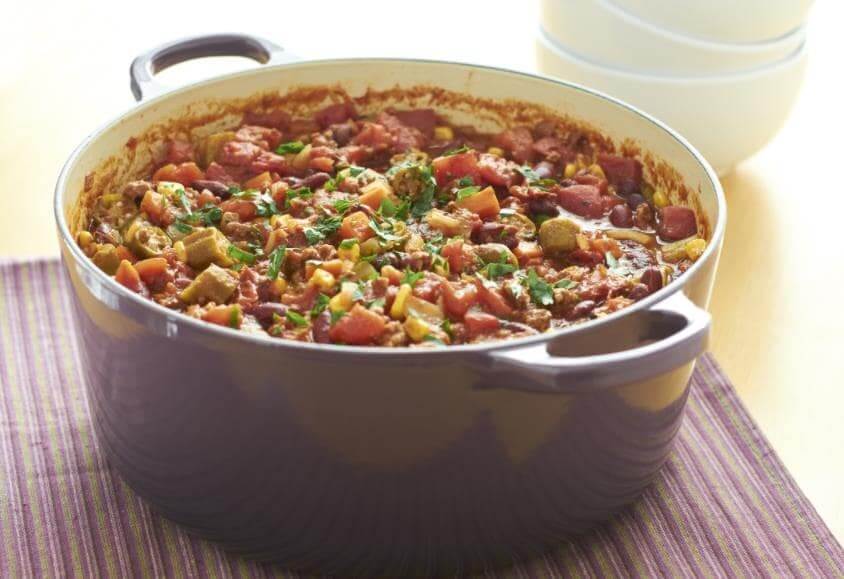
Yes, enameled cast iron from trusted manufacturers is safe for cooking. The enamel coating is non-toxic and non-reactive, preventing metal leaching into food—even with acidic ingredients.
In the U.S., the FDA regulates heavy metals like lead and cadmium in cookware. Most brands, such as Le Creuset and Staub, meet or exceed these standards, including California Proposition 65. Always choose products from regulated markets to avoid risks from unregulated imports.
Tip: Look for certifications like FDA-approved or lead-free labels to ensure safety
Wholesale & Custom Cast Iron Cookware, Straight From The Factory
Build your brand with a trusted OEM/ODM partner since 1993. Get your free quote today.
How to ensure the safety of enameled cast iron cookware?
While durable, the enamel can chip if mishandled, potentially exposing the iron core. Follow these tips to maintain safety:
- Use Gentle Utensils: Opt for silicone or wooden tools to avoid scratches. Metal utensils can chip the surface.
- Avoid Empty Heating: Always add oil, water, or food before heating to prevent cracks from thermal shock.
- Clean Carefully: Skip abrasive cleaners; soak stubborn residues instead.
- Prevent Thermal Shock: Let the cookware cool before rinsing or soaking to avoid cracking.
Proper care keeps the enamel intact, ensuring long-term safety and performance.
Enameled cast iron pros and cons
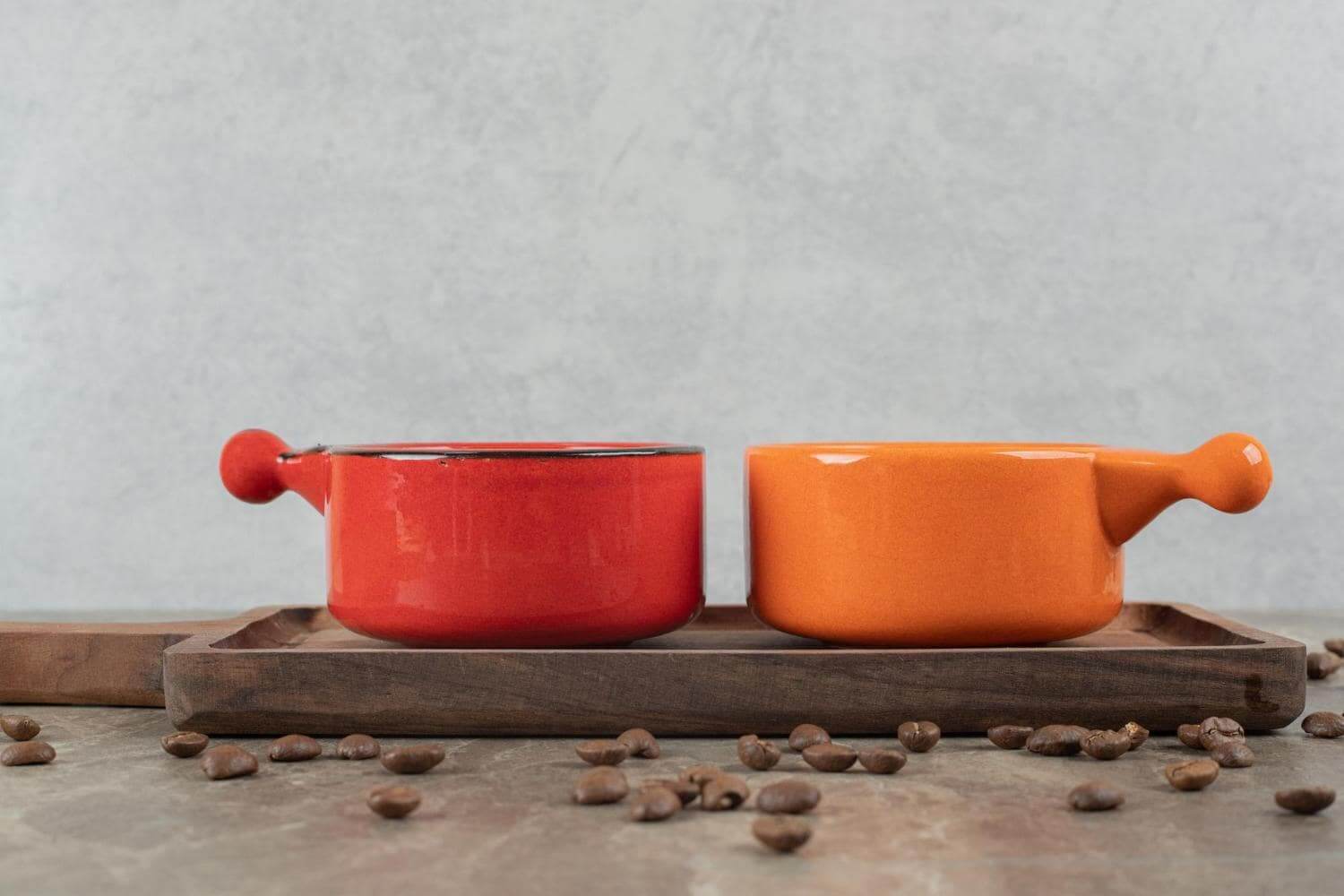
Pros
- Non-reactive and non-stick: The enamel coating seals the iron, making it a non-reactive cooking surface while equipping it with non-stick abilities.
- Low maintenance: Enameled cast iron cookware requires minimal care. It’s easy to clean, often without the need for soaking or aggressive scrubbing.
- Durable: Even with regular use, enameled cast iron cookware lasts years.
- Entirely safe: Enameled cast iron prevents iron from leaching iron into food. The coating doesn’t emit harmful chemicals, even at high temperatures.
- Attractive appearance: Enameled cast iron Dutch ovens, pans, pots, and others come in various colors that fit the aesthetics of every kitchen.
Cons
- Fragile surface: While the coating is efficient in cooking, it is delicate. Cooks must avoid metal utensils and store individual pieces of cookware separately.
- Slow to heat: Although it holds heat efficiently, enameled cast iron takes time to heat. It isn’t the best cookware to use for midnight snacks.
- Heavy: There is a good amount of weight to enameled cast iron cookware. It weighs a lot more than other types of cookware.
- Prone to staining: The enamel surface tends to hold stains. The light-colored enamel surfaces are susceptible to discoloration from foods and liquids. These also happen due to high-heat cooking.
Wholesale & Custom Cast Iron Cookware, Straight From The Factory
Build your brand with a trusted OEM/ODM partner since 1993. Get your free quote today.
How is enameled cast iron different from traditional cast iron?
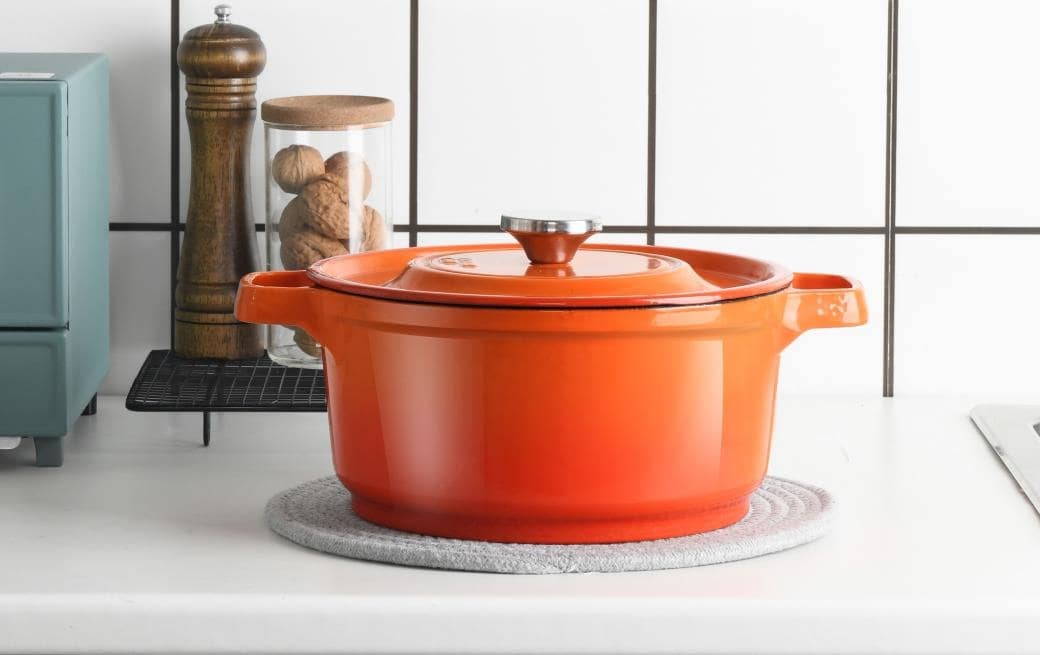
Enameled cast iron and traditional cast iron share the same heavy-duty base, but how they perform and how you care for them are quite different. The key difference lies in the enamel coating, which completely changes how the cookware interacts with food, moisture, and heat.
Here’s how they compare:
1. Surface and maintenance
Traditional cast iron has a raw, porous metal surface that requires seasoning, a baked-on layer of oil that prevents rust and creates a natural non-stick effect. You need to maintain that layer regularly.
Enameled cast iron has a glass-like enamel coating that protects the iron from moisture and rust, so no seasoning is required. It’s also easier to clean and doesn’t need as much upkeep.
2. Reactivity with food
Traditional cast iron can react with acidic foods (like tomatoes, vinegar, or wine), especially if the seasoning layer is thin or damaged. This may affect the flavor or color of the food.
Enameled cast iron is non-reactive thanks to its enamel glaze, so it’s safe for acidic dishes and slow simmers.
3. Stick resistance
Traditional cast iron gets better with age, the more you cook with it, the smoother and more non-stick it becomes (if properly seasoned).
Enameled cast iron offers a consistent, easy-release surface from day one, but it’s not quite as slick as a well-seasoned skillet and can’t develop a patina the same way.
Read more : Is enameled cast iron non stick?
4. Durability and lifespan
Traditional cast iron can last a lifetime (or more) if properly cared for. It’s tough, repairable, and can be restored even if rusted.
Enameled cast iron is durable but more fragile, once the enamel chips or cracks, it can’t be repaired. You’ll need to replace the piece if damage affects the cooking surface.
5. Versatility and heating
Both types are excellent for stovetop and oven use, but
Traditional cast iron excels at high-heat cooking (like searing and campfire cooking).
Enameled cast iron is better for sauces, stews, and low-to-medium heat cooking, but should not be used dry on high heat.
Enameled cast iron vs non-stick
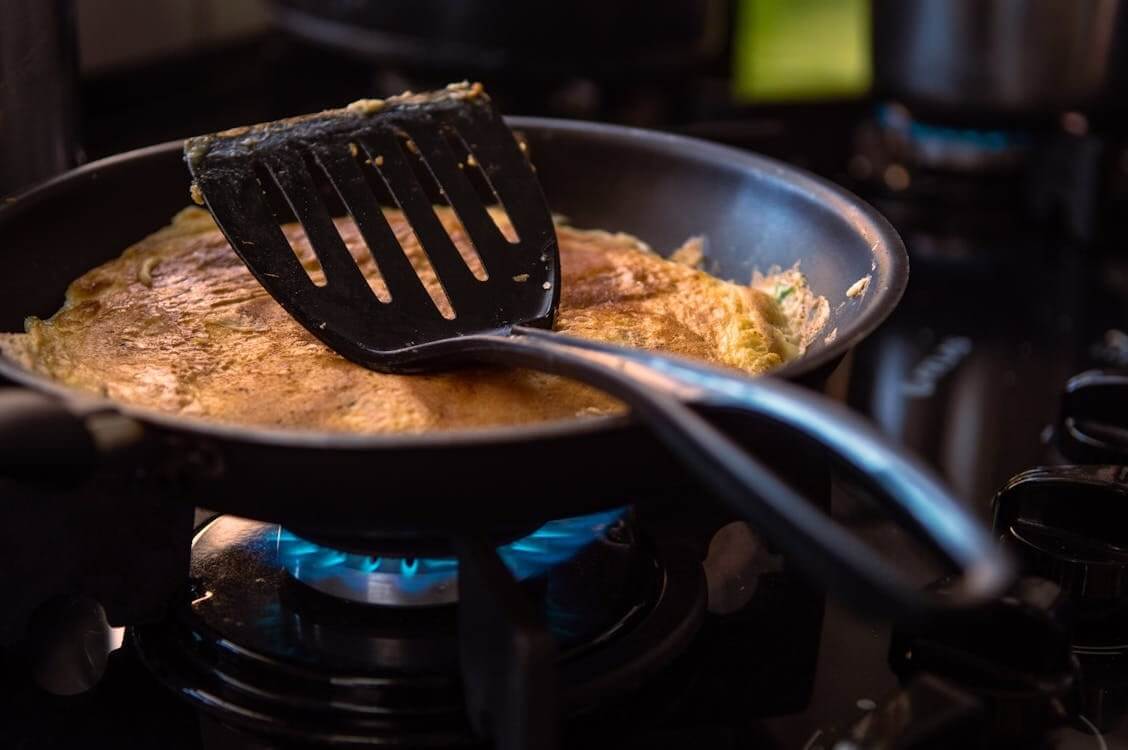
Enameled cast iron and non-stick cookware are both designed for convenience but they serve different purposes in the kitchen. One is built to last for decades, while the other prioritizes speed and ease of use. Let’s break down how they compare.
1. Surface and cooking performance
Non-stick pans are coated with materials like PTFE (Teflon) or ceramic to prevent food from sticking. They’re great for delicate items like eggs, pancakes, and fish, especially with little to no oil.
Enameled cast iron has a smooth, glazed surface that resists sticking, but it’s not as slippery as non-stick. It works better with a bit of oil and is ideal for stews, braises, and roasts.
2. Heat resistance and cooking styles
Non-stick cookware performs best on low to medium heat. High heat can degrade the coating or release harmful fumes in older PTFE-based pans.
Enameled cast iron handles high temperatures much better, both on the stove and in the oven, making it suitable for long, slow cooking and even baking.
3. Durability and longevity
Non-stick pans usually last a few years before the coating wears off or flakes. Once that happens, they can’t be repaired and need to be replaced
Enameled cast iron, on the other hand, can last decades if the enamel is kept intact. It’s heavier and more fragile than non-stick but far more durable in the long term.
4. Care and maintenance
Non-stick pans are extremely easy to clean, most require just a wipe or quick rinse. But they can’t go in the dishwasher and are prone to scratching from metal utensils.
Enameled cast iron needs a bit more care but isn’t difficult to clean. It’s dishwasher-safe in most cases, though handwashing is recommended to preserve the enamel.
5. Health and safety
Modern non-stick coatings are safe when used correctly, but damaged or overheated coatings can pose risks.
Enameled cast iron is non-toxic and inert, it doesn’t react with food or release chemicals, even at high heat.
Wholesale & Custom Cast Iron Cookware, Straight From The Factory
Build your brand with a trusted OEM/ODM partner since 1993. Get your free quote today.
Enameled cast iron vs. ceramic cookware
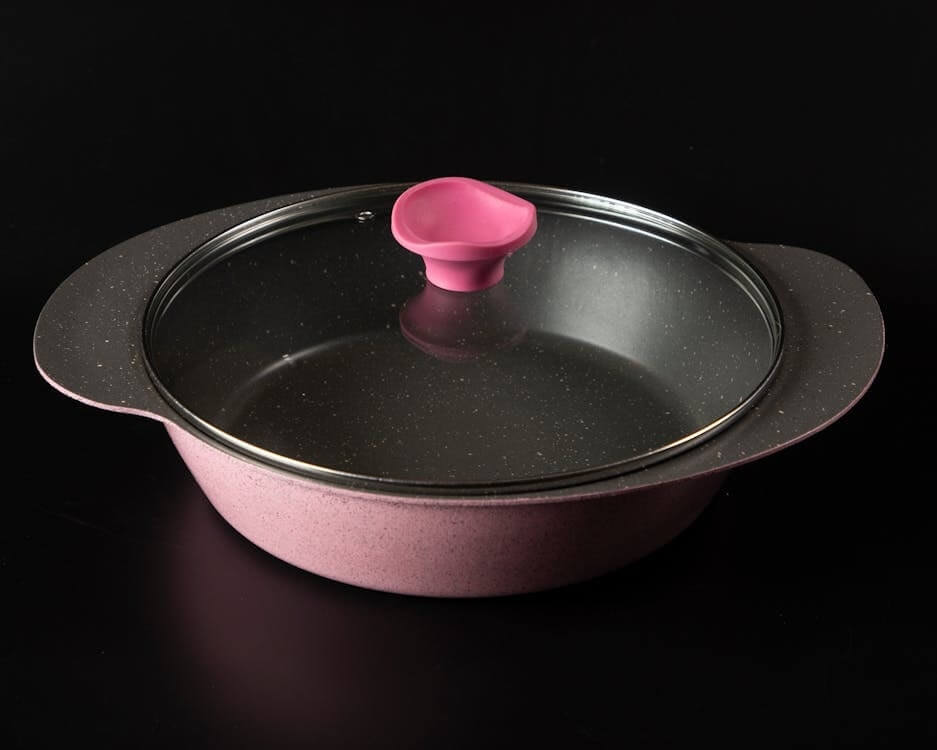
Ceramic cookware comes in two types: clay-based and ceramic-coated. Clay-based, 100% ceramic cookware is rare. The ceramic-coated cookware is more prevalent in the market. This cookware is often viewed and marketed as a safer alternative to PTFE-coated non-stick pans and pots.
Enameled cast iron and ceramic cookware are very different from one another. While the core features, such as a non-reactive cooking surface that doesn’t stick and low maintenance needs, are the same, they provide different cooking experiences.
Enameled cast iron takes high heat better and has much superior heat retention. Ceramic-coated cookware, with its aluminum or steel base, conducts heat better but can’t hold it as well. These distinctions change how cooks utilize pots and pans to make different dishes.
Despite their differences, ceramic cookware is a great alternative to enameled cast iron. Cooks who dislike the bulky nature of enameled cast iron usually go for ceramic cookware. Plus, they look similar, with various colors.
Should you sell enameled cast iron cookware in your store?
Among the various cookware materials, enameled cast iron is a big favorite. Cooks appreciate how well it holds heat – all topped with its convenient cooking surface. It’s suitable for a range of cooking styles and works on various heat sources, including induction stovetops.
These features alone make enameled cast iron cookware appeal to a diverse range of cooks, from those at home to professional chefs. Selling enameled cast iron cookware is a worthwhile investment to shops of all sizes. It’s an attractive product that appeals to a diverse customer base.
If you’re on the hunt for wholesale enameled cast iron cookware, we can help you find suppliers. LeeKnives doesn’t manufacture cookware – what we can do is connect you with the leading manufacturers in China. Let us assist you in finding suppliers, so you can focus on ways to bring sales.
Sourcing cookware from us follows the same seamless process as with our knives. Get in touch with us to request a quote.
